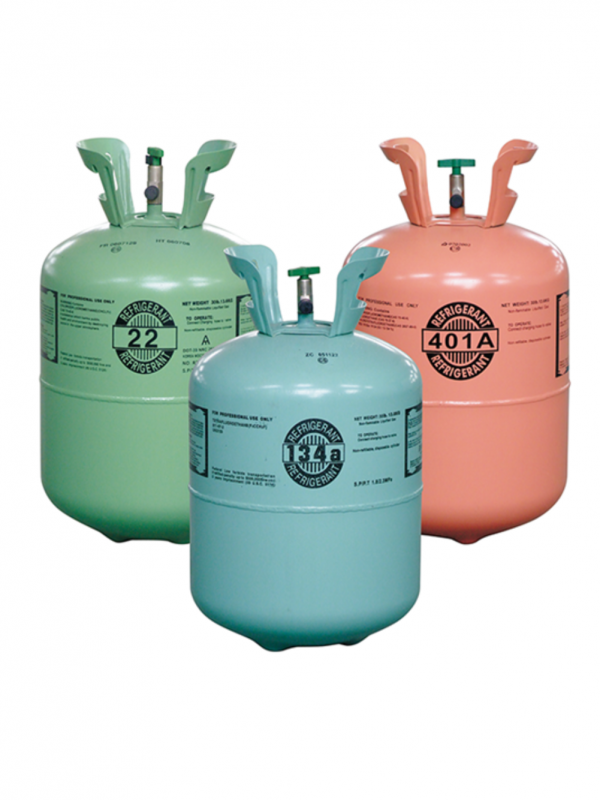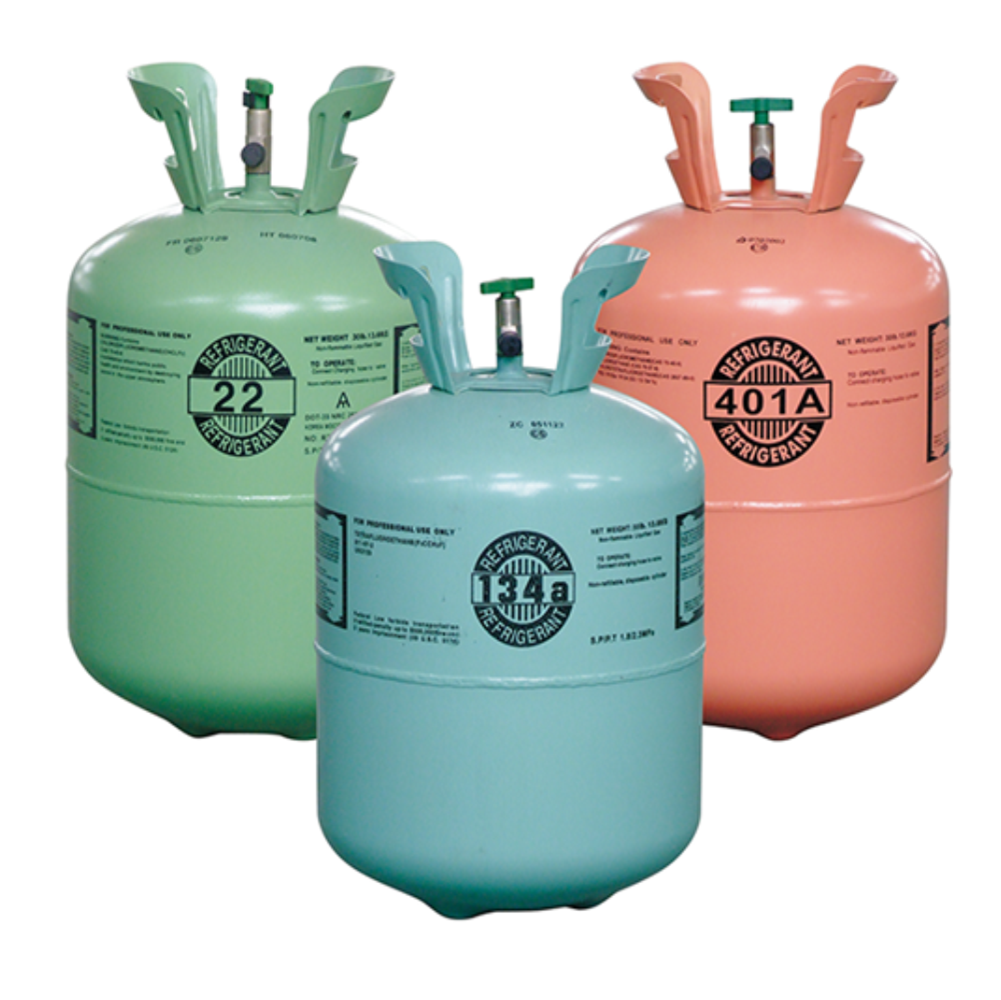- Have any questions?
- +86-189 8930 5995
- sales@mosinterchem.com.cn
R152a CAS 75-37-6

R406a CAS 75-45-6 75-28-5 75-68-3
25/12/2018
R227ea CAS 431-89-0
25/12/2018| Model: | R152a |
| Place of Origin: | Zhejiang,China (Mainland) |
| Brand Name: | MOSINTER |
| CAS No.: | 75-37-6 |
| Purity: | ≥99.8% |
| Characteristic: | Gas with slightly ether flavour |
| Molecular weight: | 66.05 |
| Molecular formula: | C2H4F2 |
| Melting point: | -117℃ |
| Density: | 0.9583kg/L |
| Boiling point: | -24.95℃ |
| Toxic: | Low toxicity |
| Vapor density: | 2.28 (vs air) |
| ODP: | 0 |
| GWP: | 0.03 |
Introduction
R152a, is an organofluorine compound with the chemical formula C2H4F2. This colorless gas is used as a refrigerant, where it is often listed as R-152a (refrigerant-152a) or HFC-152a (hydrofluorocarbon-152a). As an alternative to chlorofluorocarbons, it has an ozone depletion potential of zero, a lower global warming potential (120) and a shorter atmospheric lifetime (1.4 years).It has recently been approved for use in automobile applications as an alternative to R-134a.
Production
1,1-Difluoroethane is produced by the mercury-catalyzed addition of hydrogen fluoride to acetylene:
HCCH + 2 HF → CH3CHF2
The intermediate in this process is vinyl fluoride, the monomeric precursor to polyvinyl fluoride.
Uses
In addition to serving as a refrigerant, 1,1-difluoroethane is also commonly used in gas duster (commonly thought of as “canned air”) and many consumer aerosol products, especially those subject to stringent VOC requirements.
The molecular weight of difluoroethane is 66, making it useful and convenient tool for detecting vacuum leaks in GC-MS systems.
Reactivity Profile
Halogenated aliphatic compounds, such as Difluoroethane, are moderately or very reactive. Reactivity generally decreases with increased degree of substitution of halogen for hydrogen atoms. Low molecular weight haloalkanes are highly flammable and can react with some metals to form dangerous products. Materials in this group are incompatible with strong oxidizing and reducing agents. Also, they are incompatible with many amines, nitrides, azo/diazo compounds, alkali metals, and epoxides. The reaction of aluminum with various halogenated hydrocarbons produces a self-sustaining reaction with sufficient heat to melt aluminum pieces, examples of other halogenated hydrocarbons are fluorotrichloromethane, dichlorodifluoromethane, chlorodifluoromethane, tetrafluoromethane. The vigor of the reaction appears to be dependent on the combined degree of fluorination and the vapor pressure.
Health Hazard
Inhalation of concentrated gas will cause suffocation. Contact with liquid can damage eyes because of low temperature. Frostbite may result from contact with liquid.
Quality index
| Purity | ≥99.8% |
| Water content | ≤10ppm |
| Acidity | ≤1ppm |
| Evaporated residue | ≤100ppm |
Package
Recycling cylinder 400 l, 800 l (3.01 mpa) or higher, 926 l.ISO – tanks.
Storage
Must be stored in a cool, dry and ventilated place, avoid the sun and rain.
You must be logged in to post a review.



Reviews
There are no reviews yet.